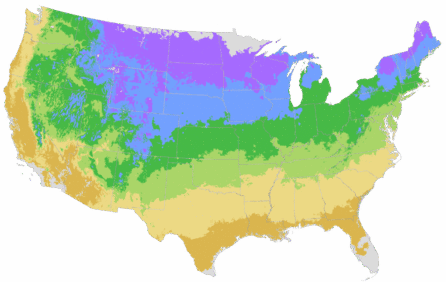You're growing in this Zip Code:
Change LocationDiscover Plants for Your Area
Westerplatte Clematis
Clematis 'Westerplatte'
Retailers Near You
No Retailers found within 100 miles of your zipcode
Be Inspired: How to Use this Plant
| Bloom Time | Spring to summer; often repeats late summer. |
|---|---|
| Deciduous/Evergreen | Deciduous |
| Special Features | Easy Care, Compact Form |
| Problems/Solutions | Black Walnut Tolerant |
| Growth Rate | Moderate |
| Growth Habit | Climbing |
| Flower Attributes | Flowers for Cutting, Long Bloom Season, Repeat Flowering, Showy Flowers |
| Landscape Use | Border, Container, Espalier, Ground Cover |
| Design Ideas | Plant this Clematis near an arbor, trellis or tree trunk where its twining leaf stems will quickly climb to reveal a profusion of dark red flowers in the summer. |
| Flower Color | Red |
| Foliage Color | Light Green |
| Companion Plants | Japanese Maple (Acer); Climbing Rose (Rosa); Daylily (Hemerocallis); Hydrangea (Hydrangea); Butterfly Bush (Buddleja) |
| Care Instructions | Thrives in well-drained, lightly alkaline soil, with roots sheltered and top growth in the sun. Mulch to conserve moisture. Water deeply, regularly in first growing season to establish root system; reduce frequency once established. Feed regularly beginning in spring. Prune spent flowers to promote repeat bloom. Provide trellis or arbor support. |
| Lore | It has been said that this Clematis form was named to commemorate the heroes of the 1st armoured brigade of the Westerplatte peninsula during the period between the First and the Second World War. On the 1st September 1939 an armoured German battleship bombarded Westerplatte, marking the beginning of the Second World War. The Polish Westerplatte unit of 182 soldiers defended it against overwhelming Nazi forces for 7 days. Since then Westerplatte has come to symbolize soldiers' heroism. |
| Bloom Time | Spring to summer; often repeats late summer. |
|---|---|
| Deciduous/Evergreen | Deciduous |
| Special Features | Easy Care, Compact Form |
| Problems/Solutions | Black Walnut Tolerant |
| Growth Rate | Moderate |
| Growth Habit | Climbing |
| Flower Attributes | Flowers for Cutting, Long Bloom Season, Repeat Flowering, Showy Flowers |
Retailers Near You
No Retailers found within 100 miles of your zipcode
Retailers Near You
No Retailers found within 100 miles of your zipcode
Buy Online
We cannot currently ship this product to your zip code.
About Us
We have been pioneers and craftsmen in the art of growing plants for nearly
100 years. Since our founding in Southern California by Harry E. Rosedale, Sr.
in 1926, we have been absolutely dedicated and obsessed with quality.
We have been pioneers and craftsmen in the art of growing plants for nearly 100 years. Since our founding in Southern California by Harry E. Rosedale, Sr. in 1926, we have been absolutely dedicated and obsessed with quality.






